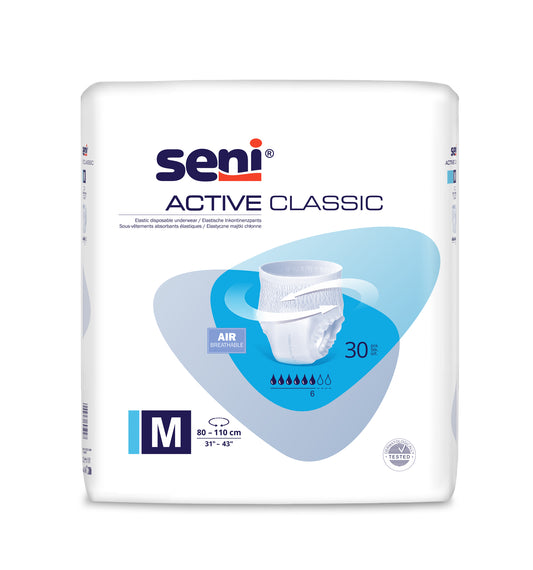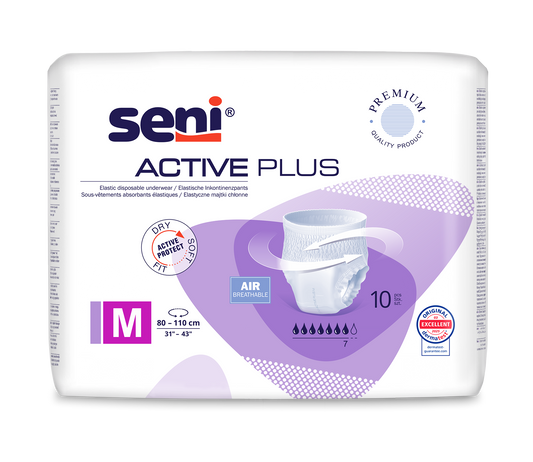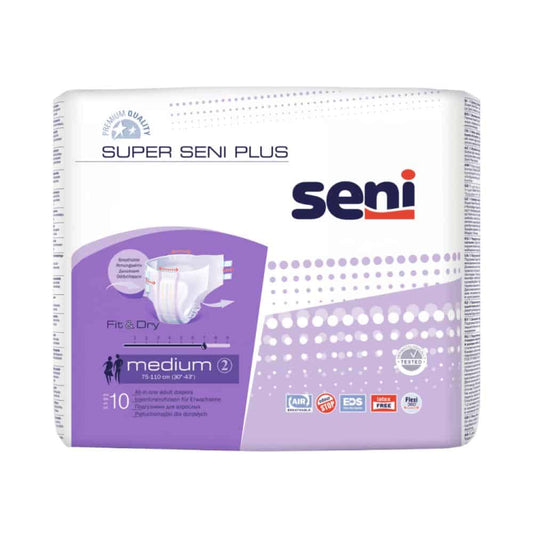
Modern cleaning agents: more than just cleanliness
An overview of different types of cleaning, their areas of application and information on environmentally friendly use.
In our fast -moving world, in which cleanliness and hygiene have become a main focus, modern cleaning agents are becoming increasingly important. The selection of products is overwhelming and often confusing. So how can you make the best decisions for your own household while you are protecting the environment at the same time? This detailed guide will lead you through the labyrinth of the cleaning agents, from their diverse types to environmentally friendly applications.
The basics of cleaning: What is a cleaning agent?
Before we immerse yourself in the specific types of cleaning agents, it is important to understand the basics. A cleaning agent usually consists of a combination of chemicals that are intended to remove dirt, bacteria and other contaminants from surfaces. These chemicals can vary depending on the area of application.
The effectiveness of a cleaning agent depends on its wording. While some products contain strong chemicals that clean deeply, others are milder and intended for everyday use.
All -round versus specialists: The variety of cleaning agents
As already mentioned, there are two main categories of cleaning agents: all -purpose cleaner and special cleaner.
- All -purpose cleaner are the multitasker under the cleaning agents. They can be used on a variety of surfaces and can be found in most households. Although they are versatile, they may not always be the most effective option for stubborn or specific stains.
- Special cleaner are developed for certain cleaning problems or surfaces. Examples of this are glass cleaners, furnace cleaners or stone cleaners. As a rule, they are more powerful in your specific area, but should only be used as specified.
The areas of application: one room after the other
Every room in your house has its own cleaning needs. What works for the bathroom may not be suitable for the kitchen. Let us go space for space:
- Bathroom: As already mentioned, lime and remains of soap are the main problems here. But there are also other challenges, such as mold in the joints or water stains on fittings. That is why there are special mold remover and dashroom cleaner in addition to limestone removal.
- Kitchen: In addition to fat and oil, you also have to deal with food spots, burned residues in the oven and coffee or tea stains. Therefore, there are also special stainless steel cleaners, oven cleaners and descaler for coffee machines.
- Living and sleeping areas: This is mainly about dust, but also about other contaminants such as beverage stains on the sofa or stains on the carpet. Special cleaners for upholstery or carpets are helpful here.
- Outside areas and garage: Apart from the challenges already mentioned, motor oil, graffiti or rust also come into play here. There are cleaners that were specially developed for these stubborn problems.
Environmental awareness: green cleaning
The environmental impact of cleaning agents has become a focal point in recent years. Many people are looking for "green" or environmentally friendly options that contain less harmful chemicals.
- Choose biodegradable products: After their use, these products disintegrate into harmless substances and do not burden the environment.
- Avoid phosphates: Phosphates can damage water systems and disturb the balance of freshwater ecosystems. Many modern cleaning agents are now phosphate -free.
- Use concentrated products: As already mentioned, many modern cleaning agents are highly concentrated, which requires fewer packaging material and fewer transport resources.
Tips and tricks for effective cleaning
Efficiency in cleaning not only means that your home becomes cleaner, but also that you use less product and invest less time.
- Correct application: Always follow the instructions on the label. This ensures that you use the product safely and effectively.
- Less is often more: Excessive use of cleaning agents does not lead to cleaner surfaces. It can actually leave residues and lead to more work.
- Correct storage: Store cleaning agents outside the range of children and pets and preferably in a cool, dry place.
- Avoid mixing products: Some chemicals can release dangerous vapors if they are mixed. It is safer to use them separately.
A clean home not only offers aesthetic advantages, but also contributes to a healthier environment. With the knowledge of the various available cleaning agent types and their correct use, you can make sure that your home is always in the best condition while protecting the environment at the same time. The best of both worlds!
































